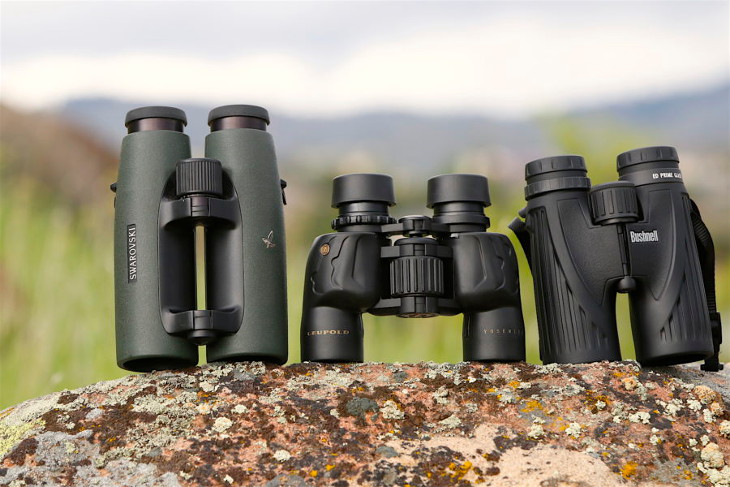
This allowed him to see an inverted and reversed view of the fundus, with a relatively large field of vision. Charles Louis Schepens (1912-2006) improved on the original design in 1945 by adding a second lens for the other eye (binocular indirect ophthalmoscope). A year later Christian Ruete made modifications to Helmholtz’s design by implementing a concave focusing mirror, and thereby introduced indirect ophthalmoscopy to allow for a stereoscopic and wider view of the fundus. Five years later, in 1851, Hermann von Helmholtz designed the first direct ophthalmoscope for medical use. William Cumming, a front runner in the field of ophthalmology, wrote that “every eye could be made luminous if the axis from a source of illumination directed towards a person's eye and the line of vision of the observer were coincident”. The earliest ideas about ophthalmoscopy dates back to 1846 when Dr. The process is “indirect” because the fundus is viewed through a hand held condensing lens.

BIO also allows dynamic observation of the retina by moving the BIO device, lens, and applying scleral depression. BIO is one of the ways used to view the retina, with a wide field of the retina and stereoscopic view. Although there are several types of ophthalmoscopy, we will focus on Binocular Indirect Ophthalmoscopy (BIO) in this article.

Ophthalmoscopy is a routine exam done by ophthalmologists to examine the inside of the back of the eye, also known as the fundus or the posterior segment. Diagnostic Intervention Description/Overview


 0 kommentar(er)
0 kommentar(er)
